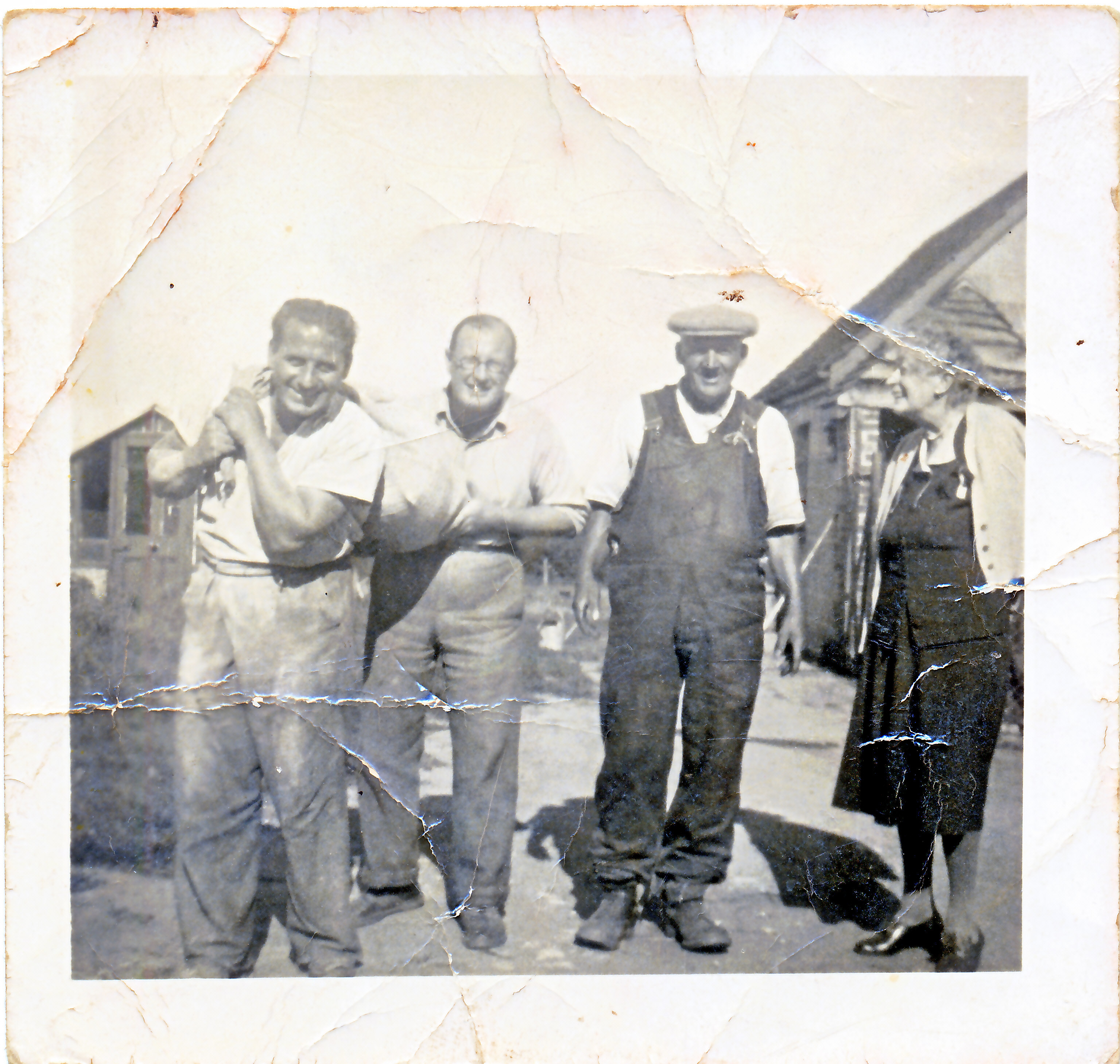Children
MetaTagger
Use Cases
There are use cases for this program even if you do not apply any tagging.In a new database, scan the required source folders, do not bother with any tagging:
- Back up: save the files to a back up storage device / folder.
- Find adds & changes: save the database, do a rescan some time later and the program will identify new and changed files.
- Remove empty files: Delete / Delete files use the empty action to find empty (size = 0) files and delete them.
- Remove duplicate files: Export / Export to folder use the duplicate
action to find duplicate files.
Export the files to a folder. Then drag'n'drop individual files on to the bottom right (blueish) panel, this will cause the duplicate files to be listed in a cobobox at the top of the screen. Select from the combobox the upwanted duplicate(s) and delete them (Delete file button to the right of the combobox. - Locate files: Export / Export to folder use the path, file, and ext actions to filter the database down to the wanted file(s) and export a copy to the export folder.
If you apply tagging then the following use cases are added:
- Locate files: Export / Export to folder you have the file-system actions and all of the tag related
actions to filter the database down to the wanted file(s) and export a copy
to your export folder.
My sister recently asked me for a copy of all image files with her daughter in them.
In just a few minutes I had a zip file for my sister with almost 350 pictures.
- Who is that: I use the Regions / Rubberbanding tool to define a region (rectangle) over people in image files, and associate the region with a tag (such as a who tag group, with the tag Great Uncle Bill, with tag text holding some details about Great Uncle Bill). When browsing the images, with other people sitting next to me, I can click on a region and provide those people next to me with the name of the person under the region, and if the tag text is populated, information about the person in the region.
- What is that: Again using the Regions / Rubberbanding tool.
Define a region (rectangle) over objects in an image: cars, dogs, food (recipe in the tag text?),... - Lest we forget: Use the File text field of a specific file to hold
a general statement/description of the file.
e.g. I have a picture showing about half of the landing craft of MV Llangibby Castle on D-Day 1945 , the file text for this image is a good place to mention that William Alfred Salisbury (my father) was a Royal Marine on board one of MV Llangibby Castle's landing craft, possibly one of the craft in the image!
Yes I know that regions, file text etc, only make sense to this metadata tagging program, BUT the information is in an open format, and in a standard (SQLite) database.
You can either access the database with some other tool, or write a script, using the Expert Mode to export the wanted content in the format that you want.
Or just export it all to Microsoft Excel (if you have it on the same machine as this program) and write a script in Microsoft VBA, or whatever!
My position, as the author of this program is:
The really important issue (especially regarding images) is capturing the metadata in an open, plain text, reusable format.
Writing on the back of a paper picture is just not enough, and it damages the photo.Regarding Lest we forget, I know who one of the people is in the picture below, one of my great uncles. Actually the only one of whom we have a picture. My personal motivation for creating this application was to capture information about family photos so that such knowledge is not forgotten.

Items 1 --- 1 of 1